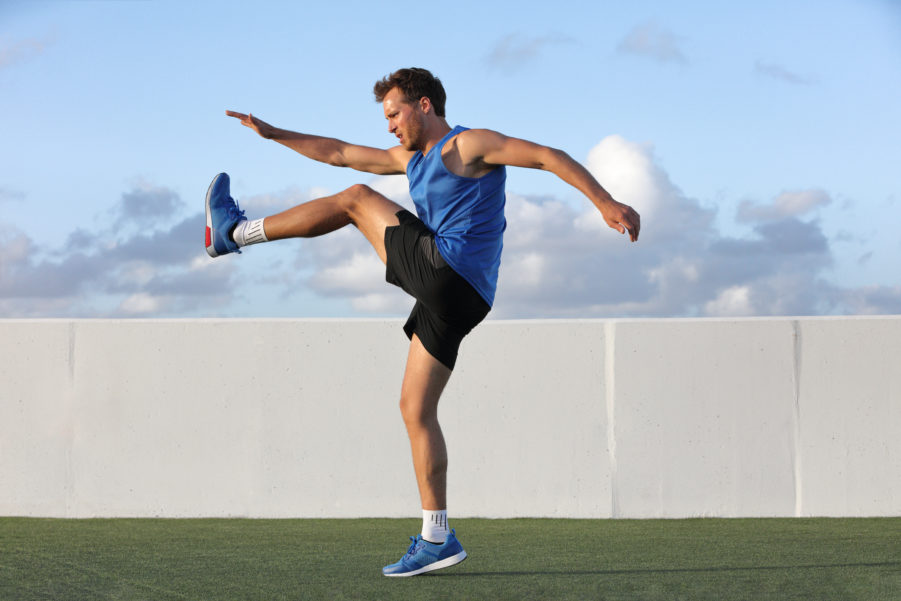


When it comes to the use of stretching there seems to be more opinions and confusion than there are straight answers. You may be asking yourself: Do I stretch before runs? Do I stretch after runs? Is stretching detrimental to my running performance?
These are good questions to ask. The reason for the confusion is because the results of the research is not clear. However, part of the confusion can be cleared up by simply defining our terms. When we talk about stretching we need to make sure we are talking about the same thing. The timing of the stretching needs to be considered. There is pre-activity stretching, routine or regular stretching, and post activity stretching.
Pre-activity stretching is stretching done immediately prior to an athletic event. Routine stretching is stretching that is performed as a regular part of your fitness routine. It is a dedicated time 3 to 5 days per week that emphasizes joint range of motion and muscle flexibility in an effort to maximize your body’s mobility. Post activity stretching is a type of routine stretching that is performed regularly shortly after an athletic event to take advantage of the increased tissue temperature of the muscles to maximize their extensibility.
There are also different types of stretching. There are three basic types of stretching; static stretching, dynamic stretching, and ballistic stretching.
Static stretching is the traditional type of stretching. It is slow and controlled passive movement of a muscle beyond the tissues normal range of motion that is held for a period of time, usually between 15 and 60 seconds
Dynamic stretching is an active stretch in which the person actively uses a muscle to bring the opposite muscle to the available end range of motion to create a dynamic stretch. For example, a dynamic leg swing uses the hip flexors to elevate the leg to dynamically stretch the hamstrings
Ballistic stretching is an active stretching technique that uses a bouncing motion to take a muscle beyonds its normal end range of motion to increase flexibility. A common example of this is bouncing toe touches.
Now that we have defined our terms it will be easier to make sense of all of the different recommendations regarding stretching.
Pre-activity stretching has been shown in some studies to actually decrease strength and power with the athletic performance that immediately follows the stretching. It has also not been shown to decrease risk of injury. As a result, we do not recommend pre-activity stretching prior to doing a run. However, this does not mean you should go out and run without any warm up routine. We strongly recommend a good dynamic warm up prior to running of 10-15 minutes prior to initiating your run.
In contrast to pre-activity stretching, regular stretching may improve athletic performance. In addition it may also decrease your risk of injury.
Static stretching has been shown to be an effective and safe way to improve muscle flexibility and it is just as effective as dynamic and ballistic stretching. However, there is increased risk of injury doing ballistic stretching. Consequently we recommend doing static or dynamic stretching as opposed to ballistic stretching for your stretching routine.
- Mark Baughman PT, DPT, OCS, ATC
Coltman & Baughman Physical Therapy

0

0
Comments :